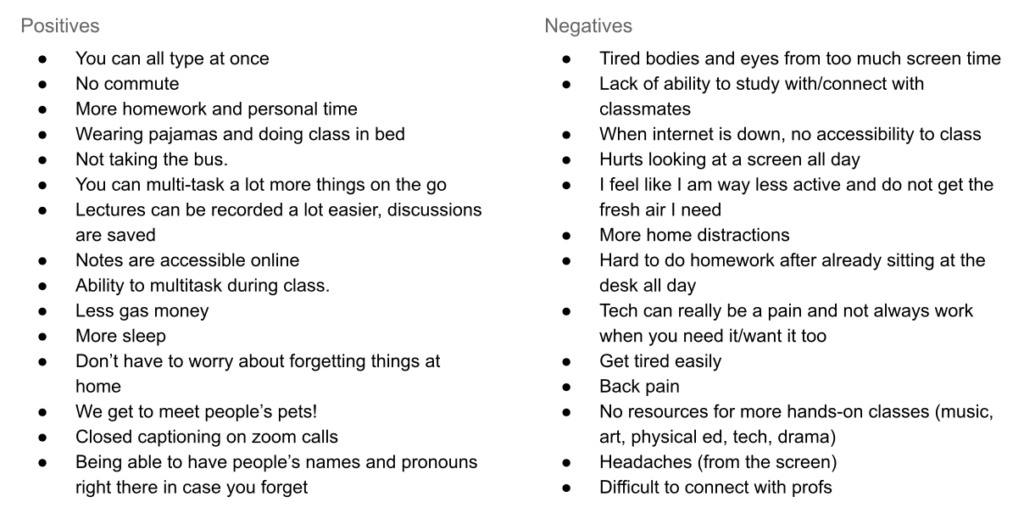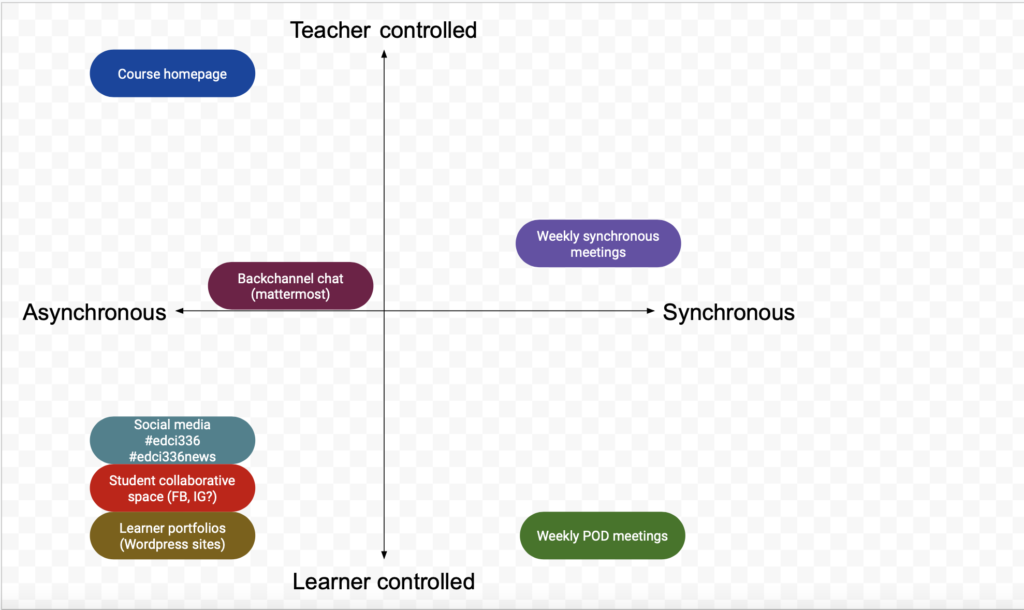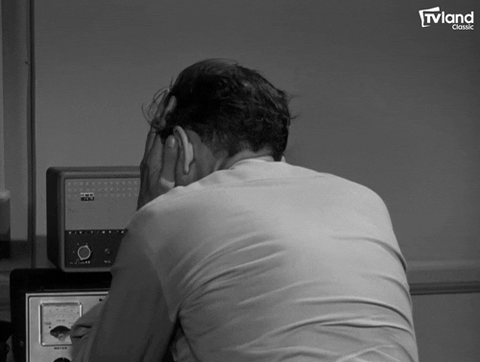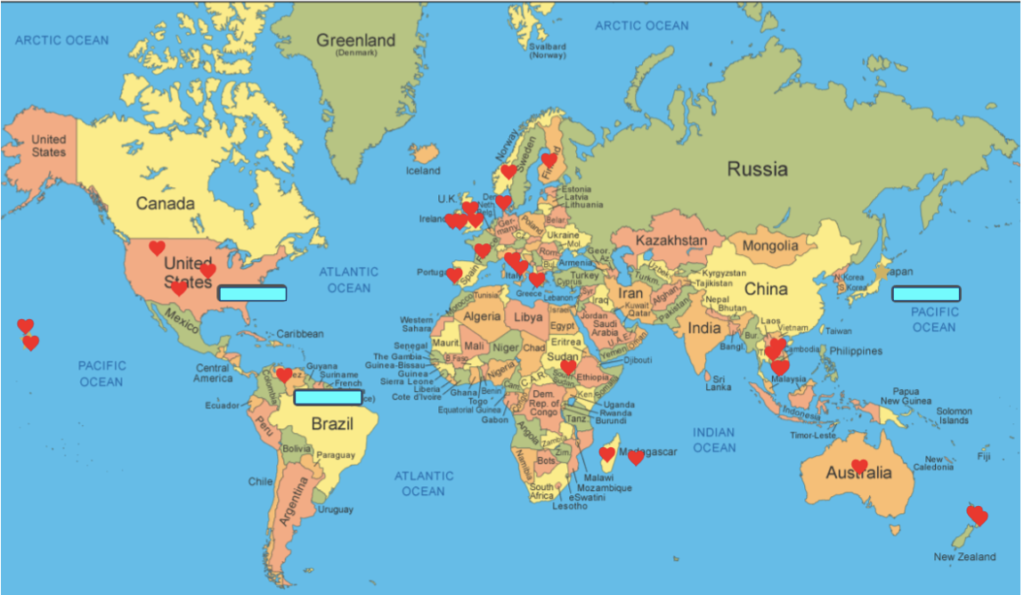

Today in tech we talked about distributed learning and some of the different ways this is executed. The first thing we did was create lists, as a class, about the positives and negatives of doing school from home. I found it really interesting to see the different perspective and hear how different some of our opinions were in the breakout rooms. For example, one of the girls in my breakout room said she does not think she could handle another semester of online schooling whereas for me, if I could finish the program online, I would. To me there are so many benefits of school from home, the extra sleep, more personal, less time commuting, less money on gas and parking etc. It was very interesting to see some of the differing opinions.
Next, we discussed the difference between asynchronous and synchronous learning. In asynchronous learning, the teacher and students are free to access the course material at their own leisure without a set time to meet. In contrast, synchronous learning occurs when teachers and students engage through some time of meeting, whether this is online or in person, and go through course material together. Some examples of asynchronous learning include things like Brightspace, Google classroom, and other platforms where content can be posted for students to peruse on their own time. This semester, we are experiencing

both asynchronous and synchronous aspects to our classes. Our music class is half asynchronous and synchronous. We have content posted at the beginning of the week that we are responsible for going through by ourselves and discussion post we must answer in our own time, and our second class a scheduled class where we meet over zoom. I personally think that combination of synchronous and asynchronous, as well as teacher controlled and student controlled activities, is nice. It gives a nice variety and balance to the content and class. For example, this class has a variety of different elements to it which can be seen in the chart I have included. For me, this is the best way to stay engaged and retain the information I am being given to learn.

Another thing we discussed this class was zoom fatigue. Studies have shown that it is true, people really do feel fatigued from being in zoom all day. Stanford researchers highlighted four points concerning the exhaustion that zoom causes:
1. Close up eye contact, at high amounts of volume, are highly intense 2. Seeing yourself constantly is tiring 3. Being online reduces you physical mobility (ie: walking) 4. The cognitive load is much higher in online video calls
I can definitely see how these factors effect some people. For me, I have adopted some strategies that help me mitigate the zoom fatigue as much as possible. First, I find it helpful to print of anything that can be; for example, any class reading we may have. This helps avoid unnecessary screen time. Next, while in class I often look away from my computer when I don’t need to be focussing on it. For example, lots of time in class it is sufficient to just listen to our teachers and do simple doodles or even just look off into space. I do this often and I am still fully engaged in what is being said but my eyes aren’t being strained by the computer. Finally, there is the physical movement aspect. I often will do little stretches or get up and walk around while I am on zoom to elevate some of the jitters and keep my body moving. I also make sure to do something active every day. For me this is easy because I am an athlete and I love being active but I know some people may struggle with this. Even forcing yourself to get out for a short walk can be a really good way to help ground yourself and shake off some zoom fatigue!

One final short note about todays class. We did this fun activity about where we all want to travel once we can again and I just thought this was really fun. I chose Thailand! I have never been but my significant other is from Thailand and we are planning to go and visit some of his family as soon as possible. I can’t wait!!
Photo Credits: Header photo by Glenn Carstsens-Peters on Unsplash
